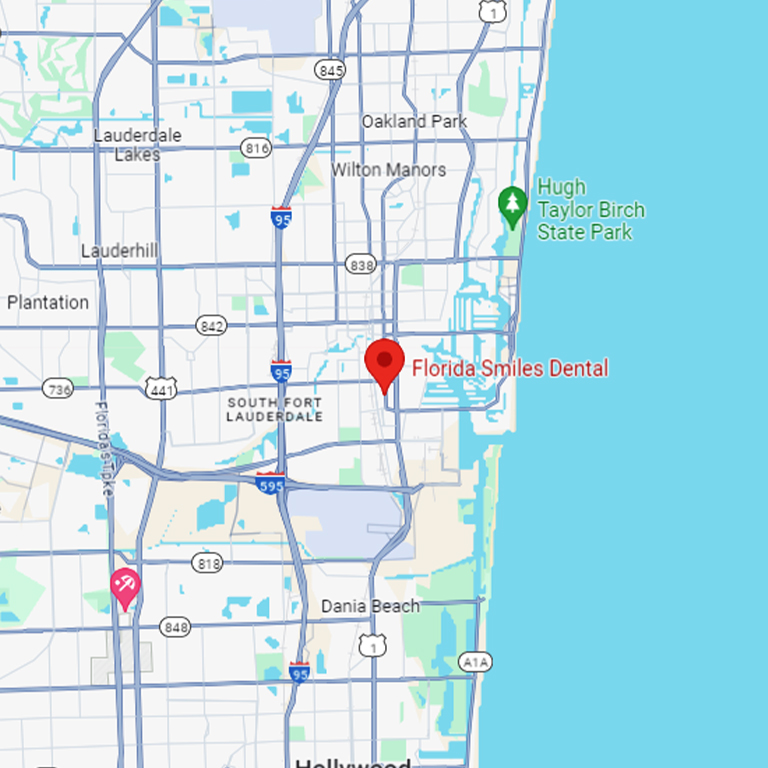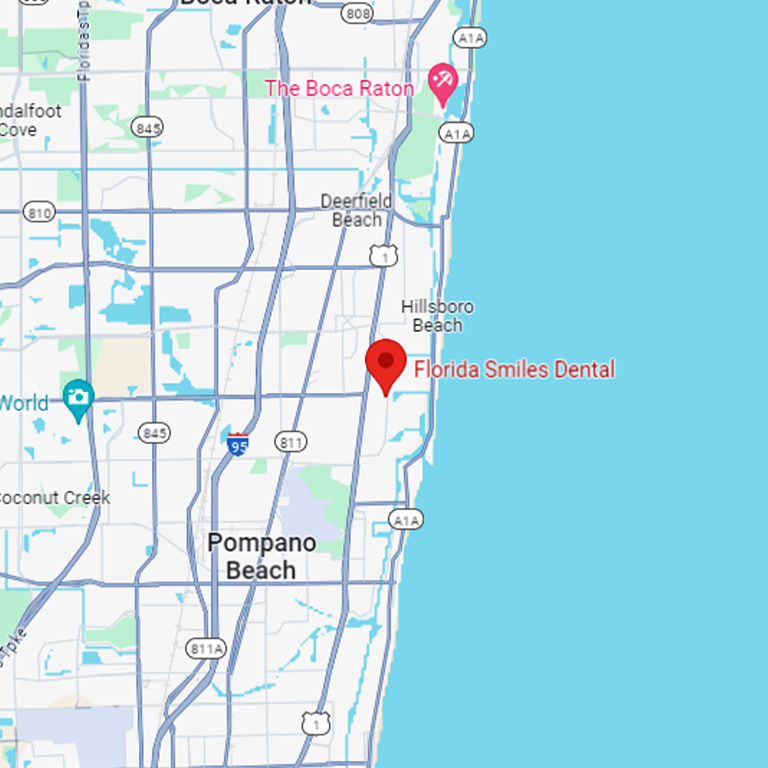How Clear Aligners Move Teeth Differently From Braces
Clear aligners and traditional braces both work to straighten teeth—but how they move teeth through the mouth is actually quite different. While the goal is the same—a healthier, straighter smile—the mechanics behind each method follow a unique approach. If you need orthodontics, it helps to understand the differences.
Braces Use Constant Force on Specific Points
Braces rely on a system of brackets, wires, and elastic bands to gradually shift teeth into better alignment. Each bracket is glued directly to the tooth, and the wire connecting them applies continuous pressure. This pressure is adjusted at regular appointments, guiding each tooth along a planned path. Braces are especially effective for complex movements like rotating teeth or correcting significant bite issues.
Because braces in Fort Lauderdale, FL are fixed in place, they work around the clock—even when you’re not thinking about them. That consistent force helps manage multiple directions of tooth movement at once, which is why they’re often used in more advanced cases.
Clear Aligners Move Teeth with Gentle, Step-by-Step Pressure
Clear aligners work a bit differently. Instead of using brackets and wires, each aligner applies targeted pressure to specific teeth. You wear one set for about one to two weeks, then switch to the next set in the series. Each tray is slightly different, guiding the teeth gradually over time.
Because the aligners are removable, they rely more heavily on patient compliance. To be effective, they must be worn 20–22 hours per day.
Both Options Are Effective—but Not Identical
Clear aligners tend to be a good fit for mild to moderate cases. Braces may be recommended for more complex movements. Your Fort Lauderdale, FL dentist will help determine which method is best for the situation.








